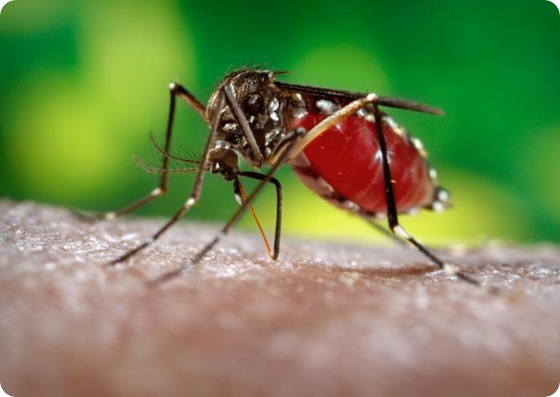One of the things about living in a tropical/equatorial climate is that you can’t get away from the insects. In this instance, I’m talking about mosquitoes. They’re a double nuisance because they make you itch and they carry diseases.
We’ve got quite the national movement going on to stamp out the dengue-carrying Aedes mosquito. Official inspectors comb through neighbourhoods where there have been cases of dengue fever – a bit late, after the fact, but I suppose they do need to eradicate the cause, otherwise there could be an epidemic.
There was in fact a small outbreak in our neighbourhood several years ago, and I was one of the casualties. I’d never in my life had a fever so high that I had the chills, and my red blood cell count dropped so low that I was stuck in hospital for almost a week. The illness left me so weak that I took about 3 months to recover. I never want to go through that again, so we’re quite paranoid about making sure mozzies don’t breed here.
What must you do?
- Make sure there’s no stagnant water anywhere. As the famous tagline goes: Mozzies only need a bit of water the size of a twenty-cent coin to breed. Turn, tilt and position any object that has the capability to hold water so that it doesn’t accumulate water without your knowing.
- Change the water in vases every other day. Remember to rinse off the roots and stems, too, in case the mosquito larvae somehow cling to the plant.
- Check your drains and gutters if you have them. Make sure they’re clear of obstructions and that water has a free flow when it rains. Clear them regularly and if they’re uneven, dump in some anti-mosquito granules that you can buy from plant nurseries.
- Be aware that some plants with curled leaves will have the tendency to collect water, especially where the leaf meets the main stem. Make sure you check regularly and remove the water by tilting the plant, or put some anti-mosquito granules in the collected water.
- Plants with thick, waxy, or broad surfaces also collect water when they’ve dropped off the tree/plant. If you grow palm trees, know that the fallen leaves collect water at the base of the leaf stem. It is hard and curled – perfect for retaining that little bit of water that will attract mozzies.
- Check your premises carefully to make sure there’s nothing unexpected hidden in your plants that can collect water. This could be discarded leaves or other “surprises” that may have fallen into a bushy plant. I say this because my neighbour’s kid used to throw things over the fence when he was younger, and unfortunately, there was a day when we didn’t see one of his toys in the foliage. It collected water, bred mosquitoes, and we were fined a whopping $200 when the environment inspectors found it. Being good neighbours, we didn’t make an issue of it, but it’s a Very Sore Point, even after all these years. So check that foliage!
- Educate everybody in the house and neighbourhood about what needs to be done. Trust me, you’ll never want to have dengue fever! Never.
- Click here for the full, official list of to-do’s.
Getting rid of mozzies naturally
Now that I’m growing edible plants, I try to avoid using man-made sprays and chemicals to get rid of insects. I only do so well away from my green babies, and I try to not provide the conditions that pests need to breed. So, in the interest of going Green, I looked up predators of mosquitoes and found a few possibilities.
In the larvae stage, mosquitofish and guppies come out tops because they not only live in the larvae’s environment, but they also tolerate water conditions that aren’t, shall we say, clean. Mosquitoes don’t like moving water, so it stands to reason that their breeding grounds could be a little polluted, whether by natural (algae) or man-made (chemical) causes. Mosquitofish and guppies aren’t very fazed by these conditions, with the former being most tolerant to temperature changes in the water, as well.
Outside the water, waterfowl also stalk mozzie larvae as prey. If this means those cute, white herons we see near rivers and canals here, then I want to put a pond in our garden now! I think those herons are adorable. ![]()
As flying insects, mosquitoes have several predators. The dragonfly is at the top of this list. Not only does it live near water – where mozzies breed – it also eats on the go – catching and eating it’s food while it flies. Take that, you mozzies! Birds and bats also feast on mosquitoes – and we definitely have both of those around. Isn’t it efficient – the birds take the day shift while the bats take the night shift!
But, the bottom line is that we should not have mosquitoes breeding at all, if it can be helped. We simply need to be responsible homeowners. As always, our fate rests in our own hands.
For an entertaining but informative article on mosquitoes, click here.
Or, browse through Singapore’s official Anti-Dengue site.
© 2010 curiousgardener.com All rights reserved.


